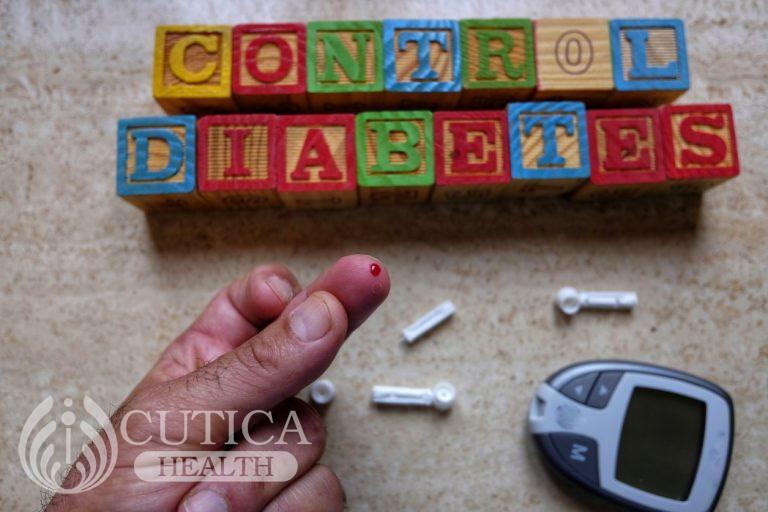Gestational diabetes: why is my baby so big
Gestational diabetes is also known as pregnancy-induced diabetes. It most commonly appears around the third trimester. Screening for gestational diabetes is a routine part of antenatal care. A mother with gestational diabetes may be unaware of it without screening.
Take Amanda, who is ten weeks pregnant with her second child. Her first baby, three years ago, had a birth weight of 4.5 kg. Amanda never stopped worrying quietly about why she had such a big baby. Determined to take all precautions with her current pregnancy, she decided to visit an obstetrician early, and heard about gestational diabetes for the first time.
The risk factors for gestational diabetes include:
- A family history of Type-2 Diabetes
- Previous history of gestational diabetes or high glucose levels in previous pregnancies
- A first-degree relative (mother or sister) who had gestational diabetes.
- Prior glucose intolerance or prediabetes diagnosis
- BMI >25
- Age above 40 years
- A history of giving birth to a “big” baby (a baby more than 4kgs)
- A prior history of polycystic ovary disease
- Rapid weight gain in the first trimester
What causes gestational diabetes?
During pregnancy, the placenta releases hormones that stimulate the baby’s growth and development. These hormones and other body changes during pregnancy cause an increase in blood glucose. Insulin helps to keep blood sugar (glucose) under control. If the pancreas does not produce enough insulin or insulin is less effective due to insulin resistance, the glucose levels increase in blood circulation, leading to gestational diabetes.
How is it diagnosed?

Screening is frequently done around 24-28 weeks of pregnancy to determine how well the pregnant woman is handling blood glucose. However, if a woman is at risk or has symptoms, screening may be done earlier. There are different screening tests such as an initial glucose challenge and follow up glucose tolerance test. Gestational diabetes is diagnosed when levels of blood glucose are abnormally high during these tests.
Does gestational diabetes affect the baby?

Most women with properly managed gestational diabetes have an otherwise normal pregnancy and deliver a healthy baby. Managing gestational diabetes requires a team effort, comprising of the pregnant mother, her spouse, family, friends, and health professionals. A healthy meal-plan and physical activity plus monitoring blood glucose levels are paramount in the treatment. Medication may be needed in some mothers.
Typically, gestational diabetes occurs late in pregnancy when the baby’s organs are already well developed. Therefore, gestational diabetes does not cause fetal birth-defects that are sometimes seen in babies whose mothers had diabetes before pregnancy. However, left untreated, gestational diabetes may still harm the baby in other ways:
High glucose levels in the mother’s blood result in high blood glucose in the baby. So, the baby’s pancreas overworks to eliminate the excess glucose. The extra glucose gets stored up as fat resulting in a “big baby,” also known as macrosomia in which the baby’s weight is over 4.5 kg.
- Vaginal birth may be a challenge with a very large baby, and there is increased risk of complications in the baby and mother.
- Caesarean section may be necessary.
- After birth, newborns with macrosomia may have very low blood glucose since they tend to have relatively high levels of insulin. These babies born are at risk of obesity and type-2 diabetes in later years.
The blood sugar of many women with gestational diabetes returns to normal after delivery. However, some continue to have high blood glucose post-delivery.









